DuraHeat River Birch (Betula Nigra) – 3 Gallon Pot
$99.97 Original price was: $99.97.$69.98Current price is: $69.98.
SKU: D2LSC 1108158520 Categories: PLANTS & TREES, WATER & WET SOIL PLANTS
- Shop with ease, buy with confidence.
- Safe and Secure Payments, Always
- Prompt service, every time.
- Fast, friendly, always here to help.

DuraHeat River Birch Tree
Betula nigra ‘BNMTF’ DURA-HEAT
Plant Details
USDA Plant Hardiness Zones: 4a-9b Find Your Zone
Plant Type: Deciduous Tree
Height at Maturity: 30-40′
Width at Maturity: 25-35′
Spacing: 15-20′ for screens; 40 feet for space between trees
Spacing: 15-20′ for screens; 40 feet for space between trees
Growth Habit / Form: Upright, Pyramidal
Growth Rate: Very Fast! Several feet per year
Flower Color: Produce brown catkins in spring
Flowering Period: Spring
Flower Type: Catkins
Fragrant Flowers: No
Foliage Color: Medium to Dark Green depending on soil pH
Fall Foliage Color: Yellow
Fall Foliage Color: Yellow
Fragrant Foliage: No
Bark Color: Salmon, Cream, and White shades
Sun Needs: Full Sun or Mostly Sun
Water Needs: Average, lower when established
Soil Type: Clay, Loam, Sand, Silt – Fertile
Soil Drainage: Well Drained Moist to Wet!
Soil pH: 5.0 – 6.5
Maintenance / Care: Low
Attracts: Visual Attention, Birds
Resistances: Birch Borers, Deer, Disease, Heat, Humidity, Moderate Drought, Wet Soils
Description
Very similar to the common native River Birch, ‘Dura-Heat’ is a more heat tolerant and slightly smaller growing selection. Dura Heat is just as beautiful, fast growing, easy-to-grow, and thrives in sites with consistently moist soils thrives in sites with consistently moist soil. Perhaps its most appealing and outstanding feature is the highly attractive salmon and cream tones of the shedding bark that provides year-round interest in the landscape, especially during the winter. The light to dark green diamond-shape leaves are about 4 inches long and wide, turning a nice yellow in fall before dropping to reveal the shedding bark. A graceful, soft-textured tree with disease and pest resistance and heat tolerance, Dura-Heat River Birch deserves a spot in every landscape where it will grow. USDA Zones 4a-9b
Landscape & Garden Uses
Growing 30 to 40 feet tall and 25 to 35 feet wide, the Dura Heat River Birch tree is ideal for use as a specimen, in groupings or in single or staggered rows to delineate a property line or line a driveway. River Birch will tolerate dry periods but thrive in a consistently moist soil, which makes it a fine candidate for low-lying areas or next to lakes, streams, rivers or other bodies of water. Perfect for use as a shade tree, when planted on the west side of the home cooling costs will be reduced or needed shade during summer around outdoor living areas. A fine addition to native plant gardens and wildlife gardens.
Suggested Spacing: 15 to 20 feet apart for screen plantings; 50 feet apart for space between trees
Growing Preferences
Being a North American native tree, the River Birch is exceptionally easy to grow in a variety of soil types, including clay, and likes full sun to light shade. “River” in the name lets us know that it likes a consistently moist soil. That said, trees will tolerate dry periods. Maintenance is minimal. Pruning isn’t necessary. That said, if you want to expose the trunk(s) lower branches can be removed to desired height. Avoid pruning in the spring when the tree is emerging from dormancy. Wait until May or June to prune.
Note: Find helpful advice from our experts under the Planting & Care tab above on desktop computer monitors or below on mobile devices.
Plant Long & Prosper!
Meet The Wilson Brothers & Staff
Questions? Contact Us!
I was happy to receive my birch tree quickly and packaged well. It’s a lovely tree with two main trunks. Hopefully, it will grow into a beautiful shade tree that gives nice dappled shade.——————————————————————————We are so glad you are pleased and we hope you enjoy it for years to come! Thanks for the great review! 🙂 Beth Steele | WBG
Be the first to review “DuraHeat River Birch (Betula Nigra) – 3 Gallon Pot” Cancel reply
Related products
Sale!
FRUIT TREES & PLANTS
Sale!
PLANTS & TREES
Sale!
PLANTS & TREES
Little Gem Dwarf Southern Magnolia – 3 Gallon Pot (1.5-2.5′)
Sale!
NATIVE PLANTS
Sale!
Sale!
PLANTS & TREES
Sale!
PLANTS & TREES
Sale!
FRUIT TREES & PLANTS

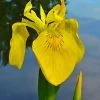

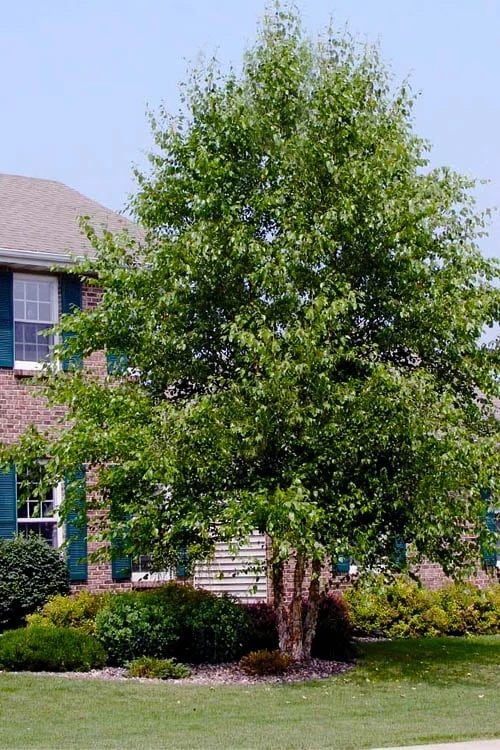
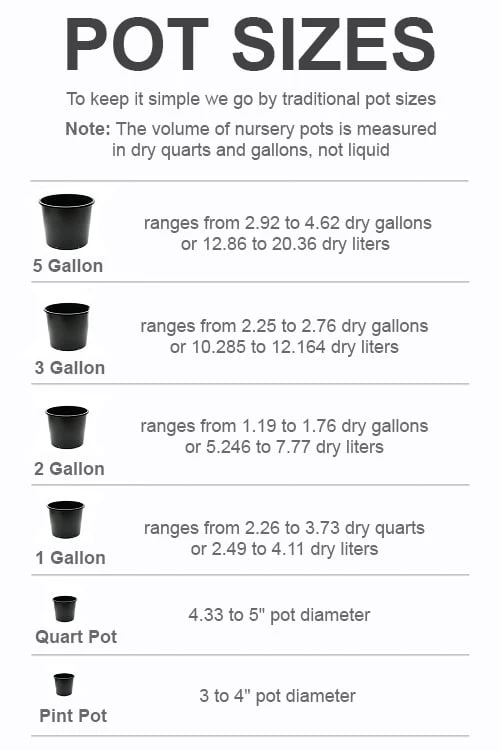
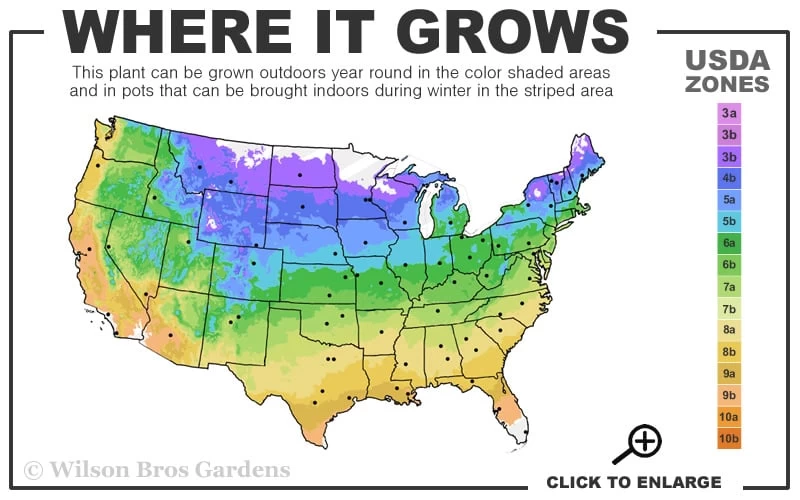


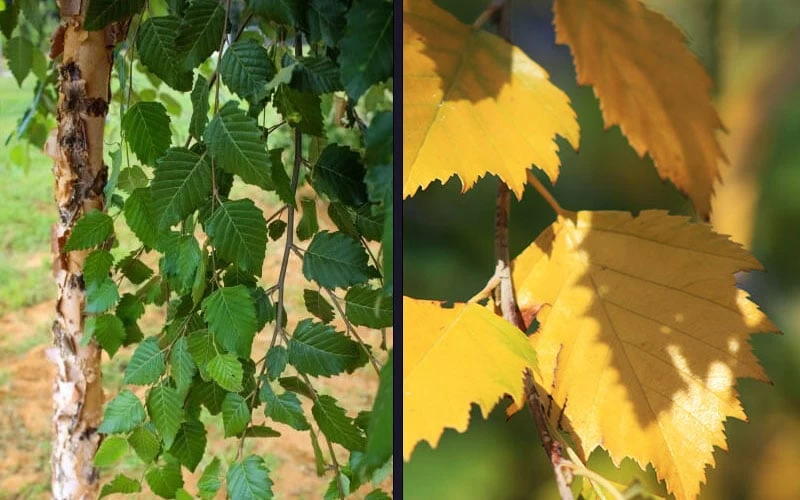
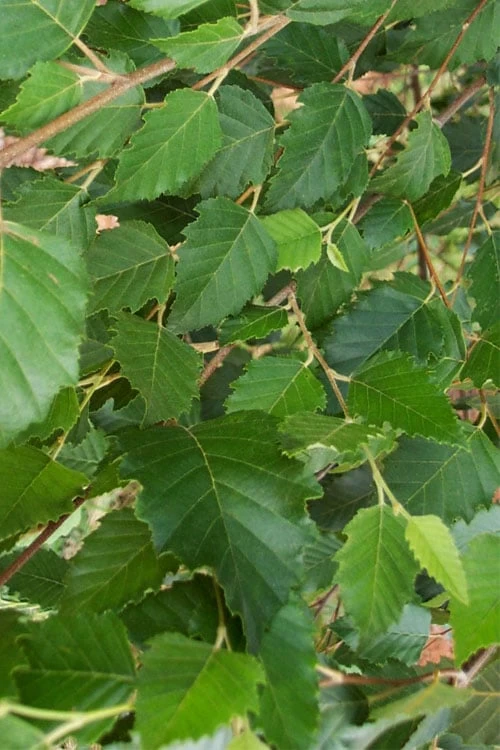
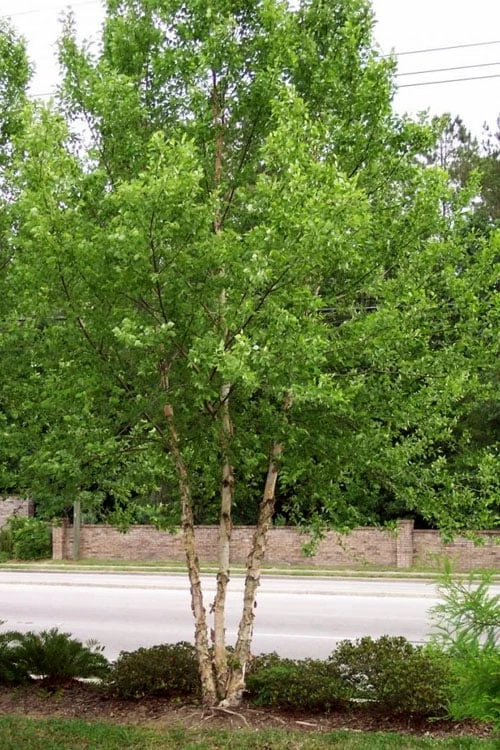
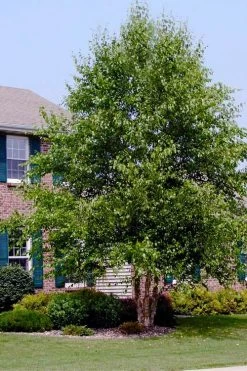


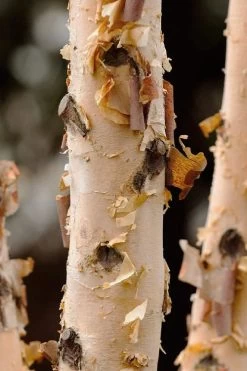

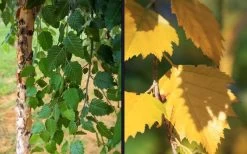

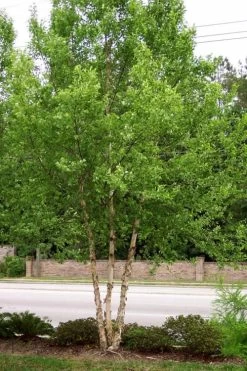



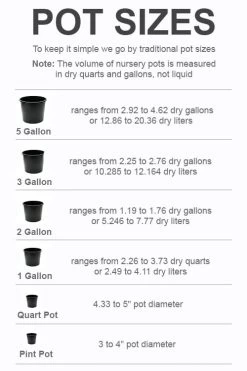
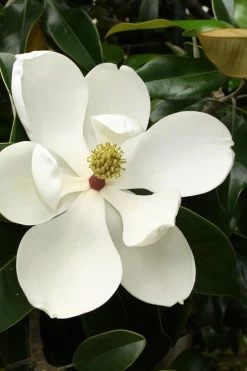

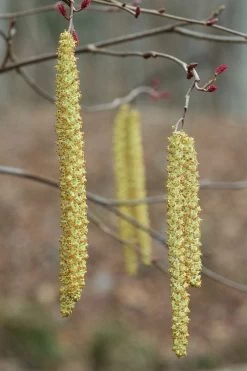
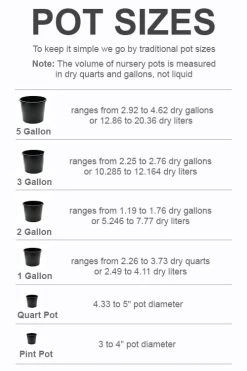


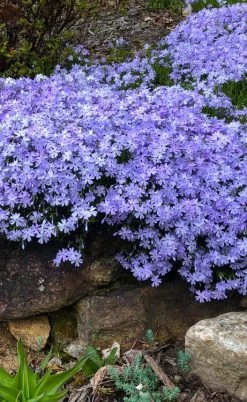



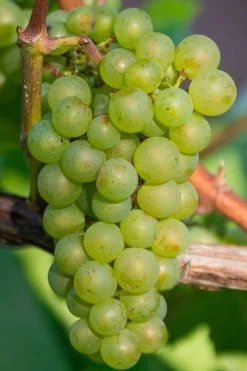
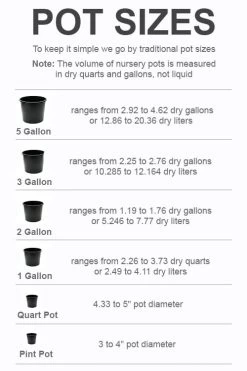
Reviews
There are no reviews yet.